Introduction
In the realm of healthcare, the patient experience extends beyond medical treatments. It encompasses every touchpoint, including the often-overlooked waiting room. This article delves into the significance of prioritizing patients’ comfort and the installation of privacy glass to enhance the waiting room environment.
Privacy Concerns in Waiting Rooms
Traditional waiting rooms often fall short in providing the necessary privacy for patients. The close proximity of seating arrangements and lack of soundproofing can lead to inadvertent overhearing of sensitive information. This not only compromises patient confidentiality but also impacts their overall experience and satisfaction.
Benefits of Privacy Glass
The adoption of privacy glass emerges as a transformative solution. This specialized glass offers a two-fold advantage—enhancing confidentiality and creating a soothing ambiance. Patients feel more secure knowing their conversations are shielded, and the calming environment contributes to a positive waiting room experience, ultimately boosting patient satisfaction.
Types of Privacy Glass
There are various options available when considering privacy glass. Switchable privacy glass allows for instant transformation from transparent to opaque, providing flexibility. Frosted glass options offer a more permanent solution, while smart film technology integrates modern features for dynamic privacy control.
- Switchable Glass
Switchable glass, also known as smart glass, stands out for its manual control features. Users have the ability to adjust the transparency of the glass with a simple switch or remote control. This type of privacy glass is versatile and provides instant changes in opacity, offering users direct control over their privacy settings.
Applications:
- Ideal for meeting rooms where on-the-fly privacy adjustments are necessary.
- Suited for residential spaces, allowing occupants to control the view from both inside and outside.
Advantages:
- User-friendly and intuitive control.
- Customizable to meet specific design preferences.
- Quick transitions between transparent and opaque states.
Considerations:
- Requires a power source for the switchable functionality.
- Electrochromic Glass
Electrochromic glass, on the other hand, operates based on the principles of electrochromism. This technology enables the glass to change its opacity in response to external factors, such as light intensity. Unlike switchable glass, electrochromic glass adjusts automatically without the need for manual intervention.
Applications:
- Well-suited for windows in smart buildings, adapting to changing light conditions.
- Ideal for laboratories where maintaining a consistent light environment is crucial.
Advantages:
- Energy-efficient, as it adjusts based on natural light conditions.
- Seamless and automatic transitions without user intervention.
Considerations:
- Response time may vary based on the specific technology used.
- Initial installation cost might be higher than traditional glass.
- Polymer Dispersed Liquid Crystal (PDLC) Glass
PDLC glass consists of a polymer matrix embedded with liquid crystals. When an electric current is applied, the liquid crystals align to allow light to pass through, making the glass transparent. When the current is off, the liquid crystals scatter, creating an opaque appearance.
Applications:
- Used in high-tech office spaces for conference room partitions.
- Applied in medical facilities to create privacy in certain areas.
Advantages:
- Can be integrated into various glass applications.
- Offers a balance between transparency and privacy.
Considerations:
- Response time may vary, and it might not be as instantaneous as switchable glass.
- Thermochromic Glass
Thermochromic glass responds to changes in temperature, altering its opacity accordingly. As the temperature increases or decreases, the glass transitions between transparent and opaque states. This type of privacy glass is particularly useful in maintaining a comfortable environment while ensuring privacy.
Applications:
- Suitable for residential windows to regulate indoor temperature and privacy.
- Used in greenhouses to control sunlight exposure.
Advantages:
- Energy-efficient, responding to natural temperature fluctuations.
- No need for external power sources.
Considerations:
- Limited control by users, as it depends on temperature changes.
Exploring these types of privacy glass provides insight into the diverse solutions available for both residential and commercial applications. The choice between switchable, electrochromic, PDLC, or thermochromic glass depends on specific requirements, budget considerations, and the desired level of control over privacy settings.
Installation Process
Implementing privacy glass involves professional services to ensure a seamless integration into the existing infrastructure. Factors such as installation time and costs are essential considerations for healthcare facilities looking to prioritize patient comfort.
Addressing Concerns
To maintain the effectiveness of privacy glass, regular maintenance and cleaning are crucial. Additionally, customization options allow facilities to tailor the level of privacy according to their specific needs.
Future Trends
As technology advances, so does the potential for privacy glass in healthcare settings. Ongoing research and development are likely to yield even more sophisticated solutions, paving the way for widespread adoption across the industry.
Conclusion
In conclusion, installing privacy glass in waiting rooms represents a patient-first approach, addressing concerns related to confidentiality and comfort. The benefits extend beyond aesthetics, influencing the overall perception of healthcare facilities in the eyes of patients.
Who We Are
Tecdur is the leading manufacturer of smart glass for the UK and Ireland. Tecdur Switchable Glass provides the best clarity, lowest power consumption and lowest haze currently available. We can offer a wide range of specifications to meet project requirements with our switchable glass, cost is dependent on specification, application and design. Please get in contact with us to discuss further.
Please visit our portfolio for a look at completed projects. Keep up to date on our LinkedIn Showcase page

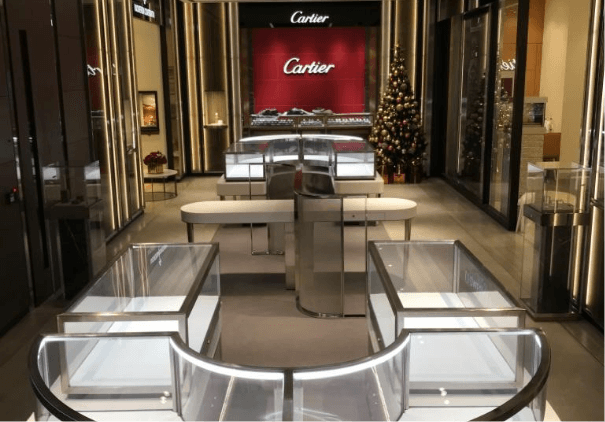
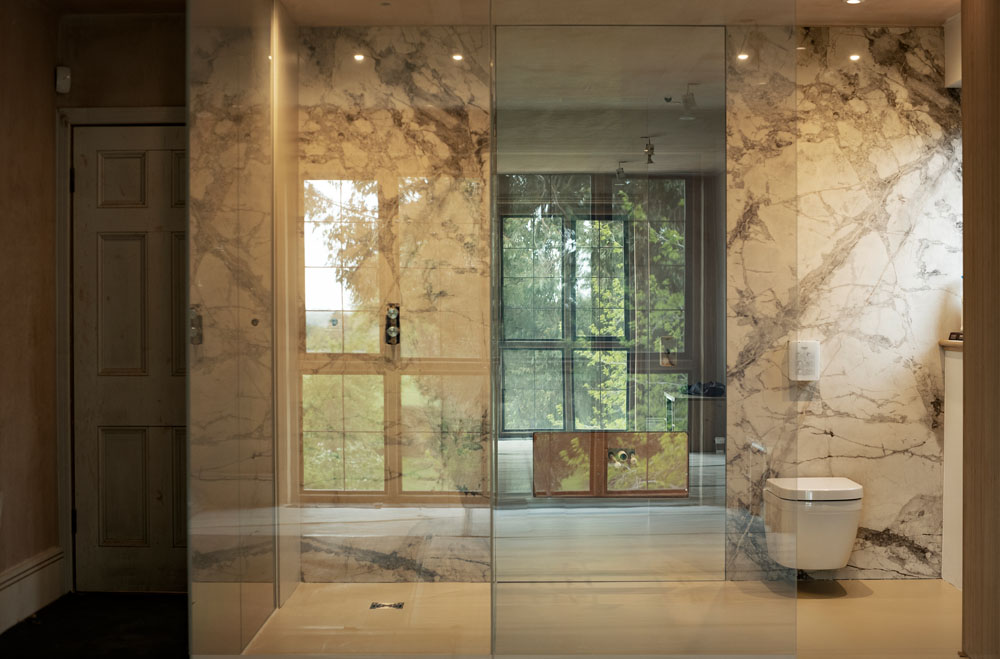
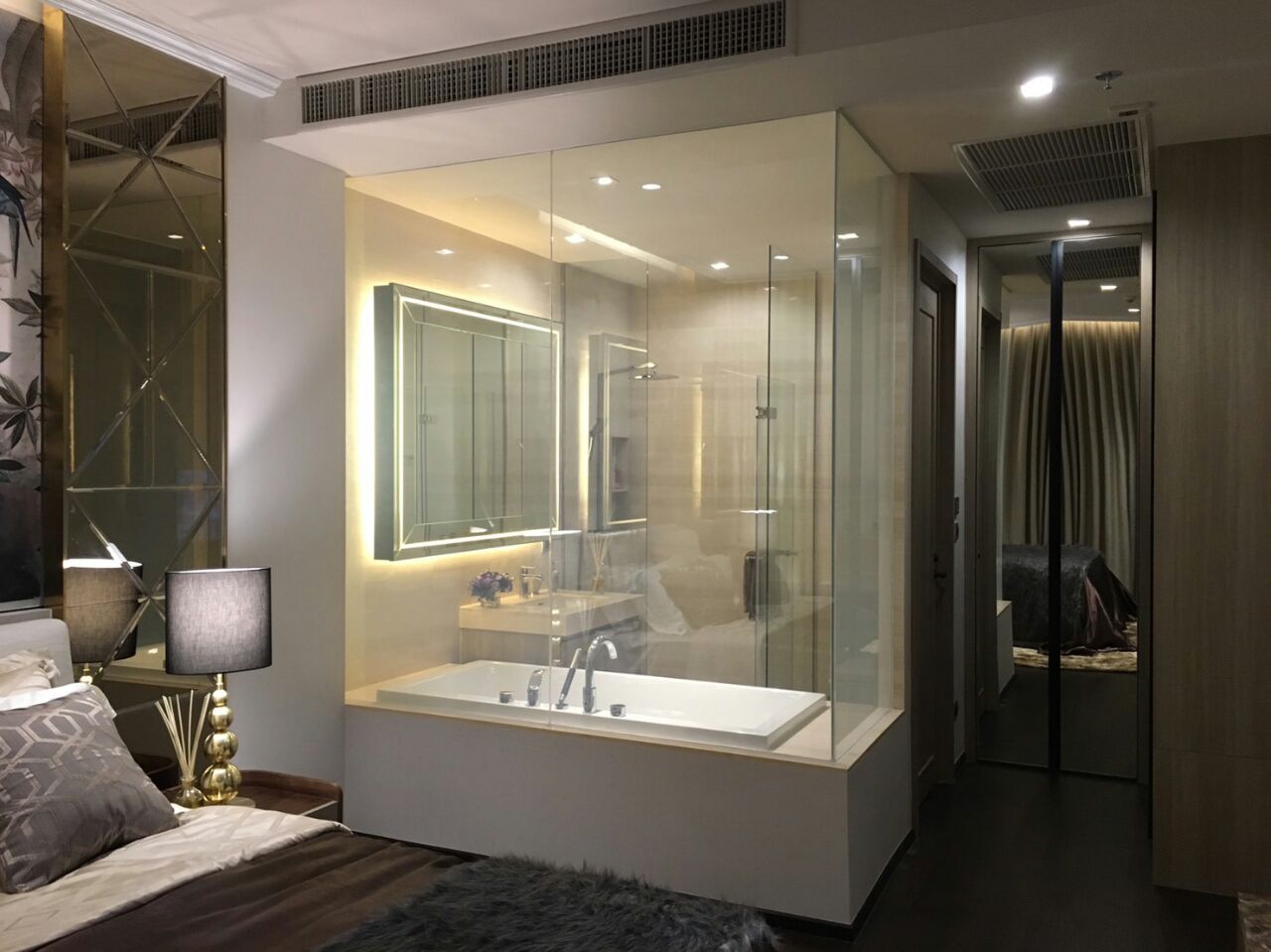
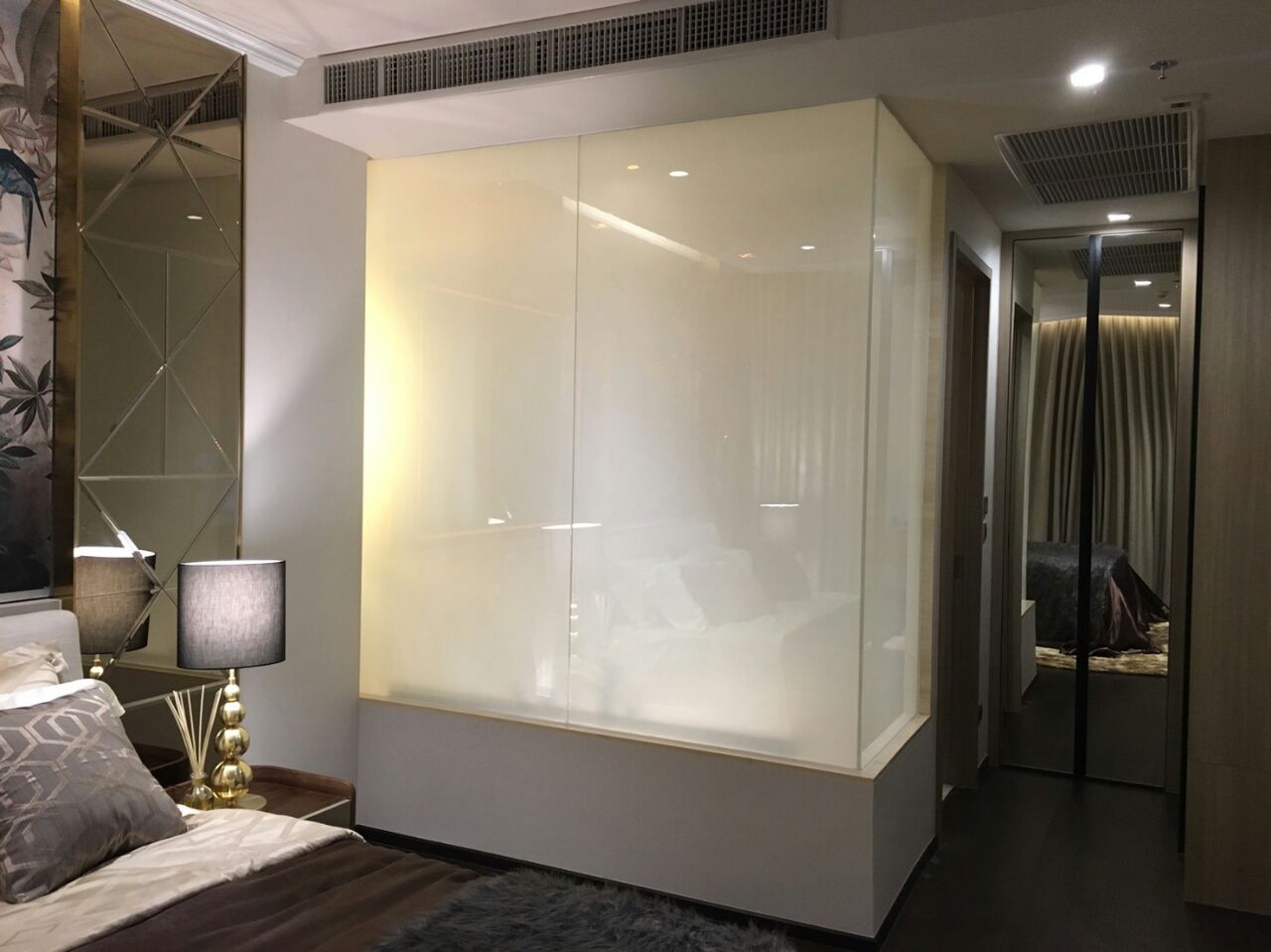
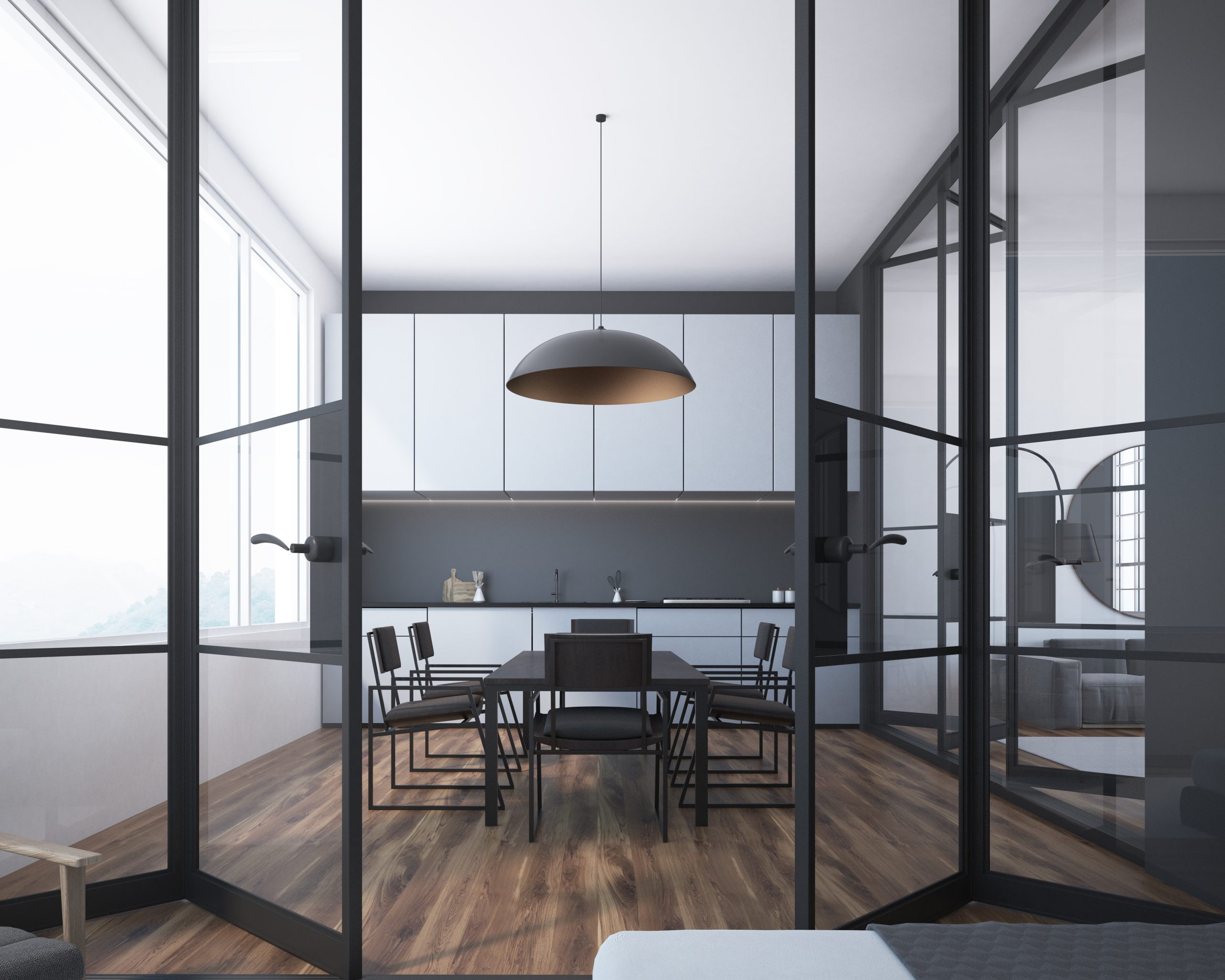
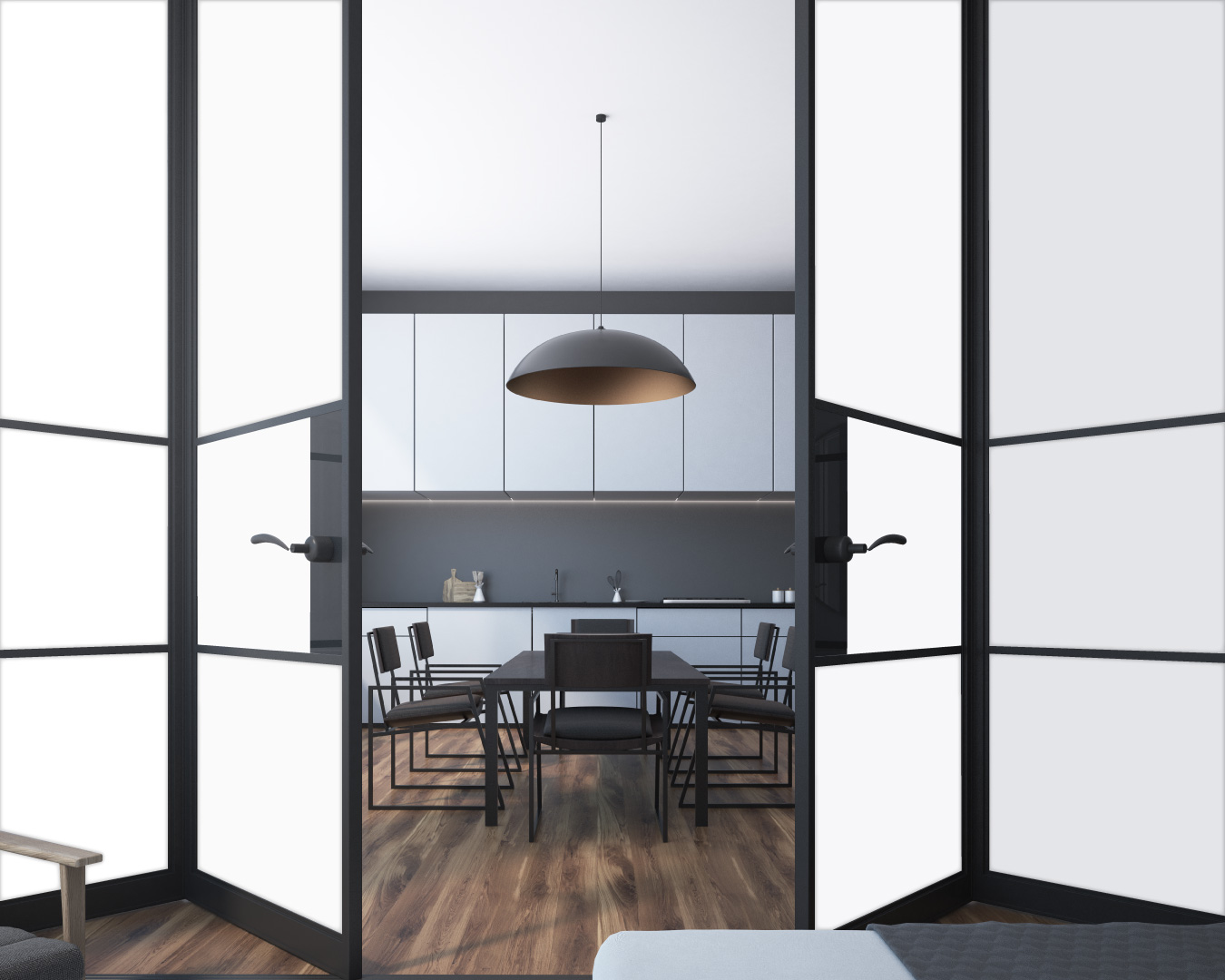
Frequently asked Questions
Our privacy glass works by utilising advanced PDLC (Polymer Dispersed Liquid Crystal) film. When an electrical current is applied, the liquid crystal molecules align, allowing light to pass through, making the glass transparent. When the current is switched off, the molecules mis-align, causing the glass to turn opaque or translucent, providing privacy.
Privacy glass can be customized to suit various healthcare settings, from clinics to hospitals.
Switchable privacy glass utilizes an electric current to alter its transparency, providing instant privacy when needed.
While costs vary, facilities can explore different privacy glass options to find a solution that fits their budget.
Yes, professional installation services can adapt privacy glass to fit into pre-existing waiting room designs.
Regular cleaning with non-abrasive solutions is recommended to ensure the longevity and effectiveness of privacy glass.




